No products in the cart.
The Skald Norse Sword (#1505)
In Norse culture, skalds were a special class of storyteller, poet, and historian who carried and passed on their people’s mythology. The Darksword Armory Skald is inspired by those keepers of Viking Legend. A long, broad-based blade suitable for the slashing combat style used by Viking raiders terminates in a sharply pointed tip, and is polished to a mirror finish. A 5 lobed pommel design as described by Jakobsson in Krigarideologi och vikingatida svärdstypologi is complimented by a simple cross guard often seen on Type X swords and earlier. Unique Darksword’s design, the skald has a double fuller – rarely seen, if ever, in the historical surviving artifacts. A suitable companion for a warrior poet, the Darksword Armory skald is a crisp and a classic design for fans of Viking weaponry
SPECS:
 Blade: 5160 High Carbon Steel. Dual Tempered HRc 60
Blade: 5160 High Carbon Steel. Dual Tempered HRc 60
48-50 at the core
Fittings : Mild Steel
Total Length: 38″
Blade Length : 32″
Weight: 2 lbs. 11 oz.
USD580.00 – USD735.00
SKU: N/A Categories: Medieval Swords, New Products, One Handed Sword, Swords, Viking Swords
History was not always written by the victor; for countless generations before literacy was humanity’s primary method of passing on our lore, we maintained our history through oral traditions. Songs, epic poems, and stories memorized by rote were our only way to maintain tradition and teach future generations where we had come from. In most cultures, elders would maintain knowledge of the past and pass it on to the future; this task fell to the specially appointed office of the skald.
Much like bards in Celtic cultures, the Norse skalds were responsible for memorizing and sharing poems, stories, history, literature, and tales of gods and heroes. More than simply memorization and repetition, a skald was expected to entertain and enrich the lives of the listeners, especially during long winters when writing parties were forced to stay at home and many state indoors for days or weeks on end. To do so, they employed certain styles of verse, composition, and complex figurative language motifs known as kennings to stick in their listener’s minds and inspire repetition and memorization. This led to skalds becoming highly prized members of Viking courts, attending to the kings of Norway and other Nordic countries by the 9th century.
During this time, the role of the skald expanded to include creating poetry and spinning tales of their patrons’ greatness, battle prowess, or other heroic deeds. These could often be heavily exaggerated, even hyperbolic, as the Kings and nobles had a vested interest in being portrayed in a positive light to their subjects. However, this also led to skalds developing fearsome reputations among the lords – multiple examples exist of skulls composing sarcastic, defiant, even embarrassing prose that could negatively impact the reputations even of the very wealthy and powerful. Of course, this became even more of an issue when in the 10th-11th centuries, skalds increasingly began to write down their works for future generations.
Written works of the Nordic skalds are of such quantity and quality that they surely represent the tip of the iceberg for what must have once existed. In addition to Eddic poetry (another form of Nordic verse), skaldic poems survive in more than 700 manuscripts, many of whom have authors known to modern historians. The names of
hundreds of skalds are known over a period of more than four centuries, preserved in their writings and in later lists collected by authors as late as the 13th century. Some of these names include:
Bragi Boddason, known as Bragi the Old
Einarr Helgason, known as skálaglamm (“tinkle-scales”)
Gunnlaugr Ormstunga, known as “Wormtongue” for his biting sarcasm
Thjódólf of Hvinir
Among many others.
The surviving collections of poems and tales, detailing the Viking history and the names and deeds of the gods and other mythological figures, have been gathered in specific manuscripts such as the Prose Edda. Due to the advent of Christianity in the Nordic countries, though, the office of the skald slowly transitioned towards Christian stories and mythology, resulting in the dying out of the scholarship traditions sometime between the years 1400 and the 16th century.
Inspired by the skalds and the great deeds they spoke of, the Darksword Armory Skald is a minimalist Viking sword design executed with precision and grace. A brown leather handle is bookended by an unadorned, curved crossguard of the type typically seen on early Type X swords on one end; on the other, a classic five-lobed pommel caps the design. Both of these deceptively plain-looking pieces of hilt furniture reveal themselves as works of art to those who can appreciate a simple concept executed well, and are polished to a mirror finish. The handle itself is wrapped without stitching, creating a slip resistant grip without the danger of chafing brought about by a rough seam. Gloves will not be necessary to wield this sword for extended periods.
The most unique feature of the skald is its blade. The broad base tapers aggressively toward the tip, resulting in a point of balance close enough to the hilt that the sword fairly springs into action when put through its paces. Two features unique to this blade set it aside from the average Viking sword: first, the tip is sharply terminated rather than spatulate; second, two fullers, not one, run the length of the blade. The stiff spine between the fullers lend strength and stability to the blade, promising a resilient weapon that would survive many seasons of campaigning or raiding. The Darksword Armory Skald is a Viking sword worthy of any subject of an epic poem, and we hope that your adventures with it will be worthy of legend and song.
SPECS of the Skald Norse sword:
Blade: 5160 High Carbon Steel. Dual Tempered HRc 60
48-50 at the core
Fittings : Mild Steel
Total Length: 38″
Blade Length : 32″
Weight: 2 lbs. 11 oz.
Be the first to review “The Skald Norse Sword (#1505)” Cancel reply
This site uses Akismet to reduce spam. Learn how your comment data is processed.
Related products
Fantasy Swords
USD500.00 – USD610.00
This product has multiple variants. The options may be chosen on the product page Claymore Swords
Rated 5.00 out of 5
USD670.00 – USD830.00Fantasy Swords
Rated 5.00 out of 5
USD670.00 – USD830.00Fantasy Swords
Rated 4.91 out of 5
USD650.00 – USD810.00Medieval Swords
USD580.00 – USD710.00
This product has multiple variants. The options may be chosen on the product page Game of Thrones
Rated 4.67 out of 5
USD755.00 – USD880.00Medieval Swords
Rated 4.50 out of 5
USD535.00 – USD690.00Rated 4.86 out of 5
USD610.00 – USD770.00Medieval Swords
Rated 4.75 out of 5
USD580.00 – USD885.00Longsword
Rated 4.57 out of 5
USD630.00 – USD790.00Medieval Swords
USD515.00 – USD670.00
This product has multiple variants. The options may be chosen on the product page Medieval Swords
Rated 4.75 out of 5
USD615.00 – USD775.00


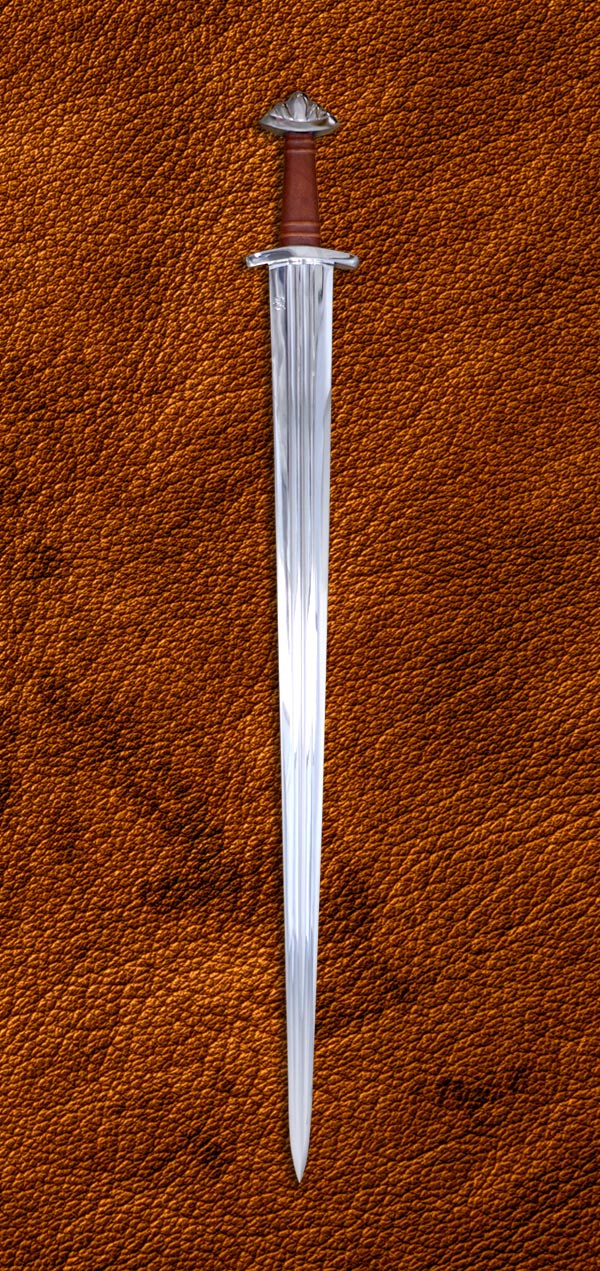
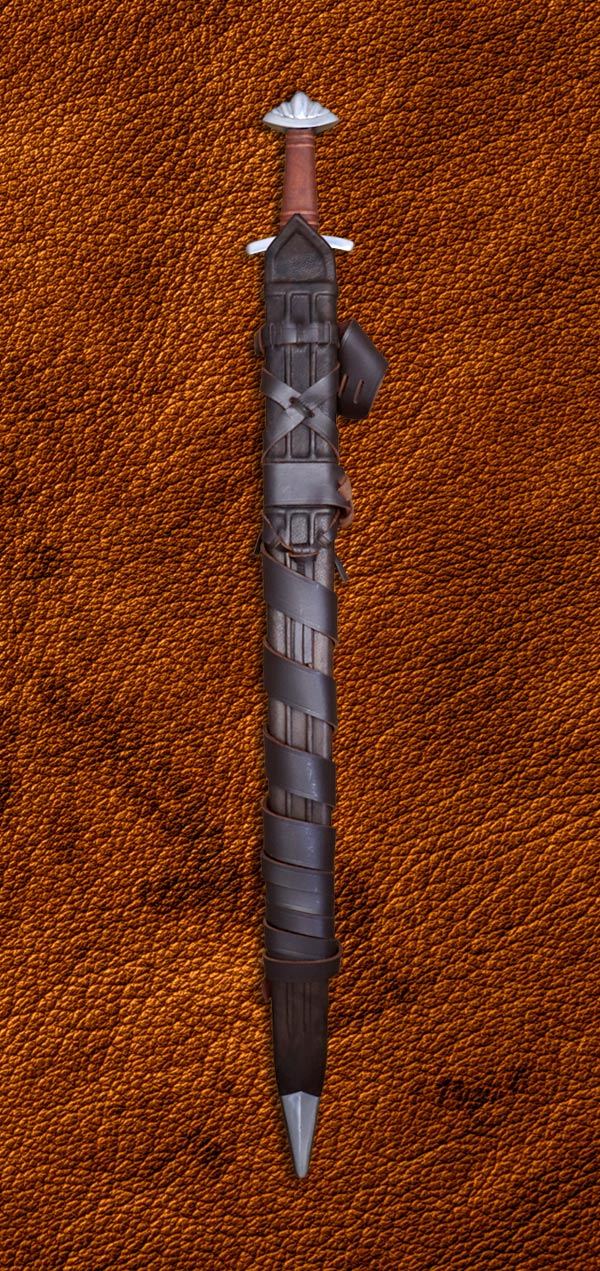
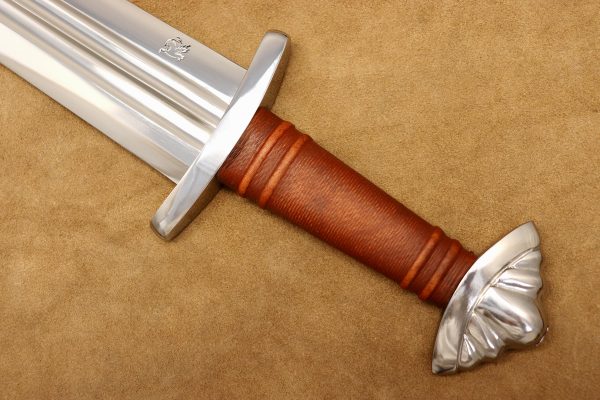
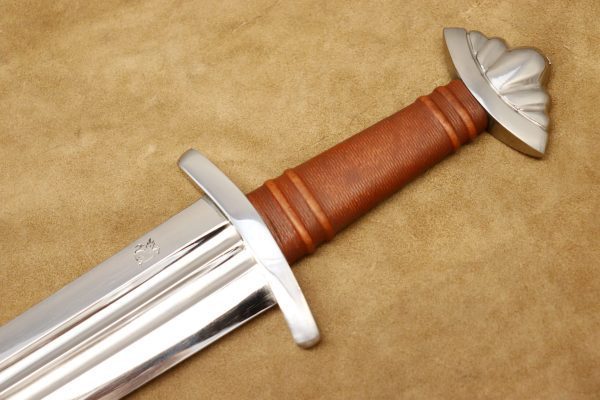
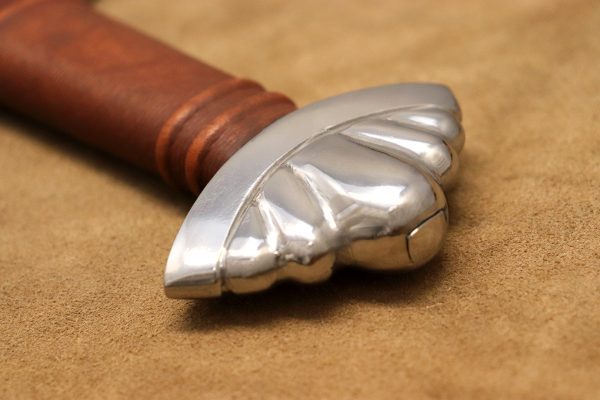
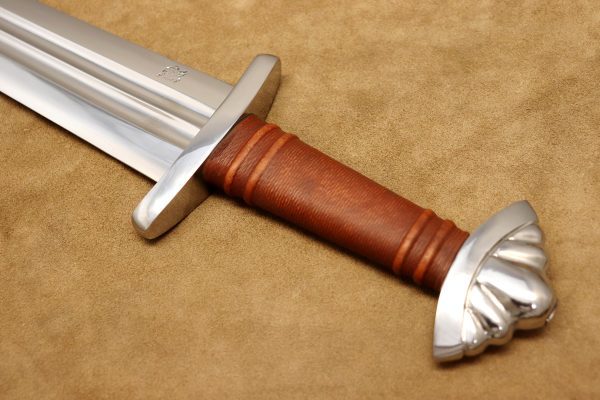
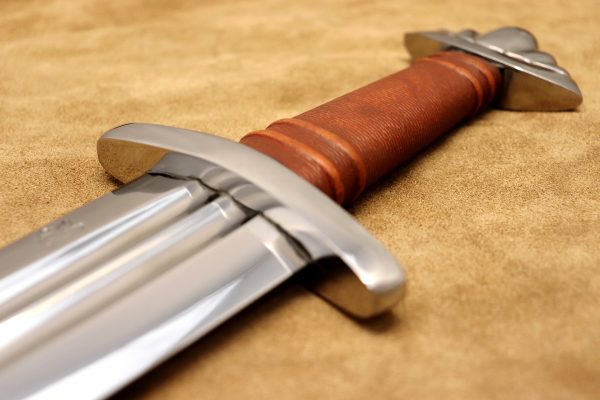
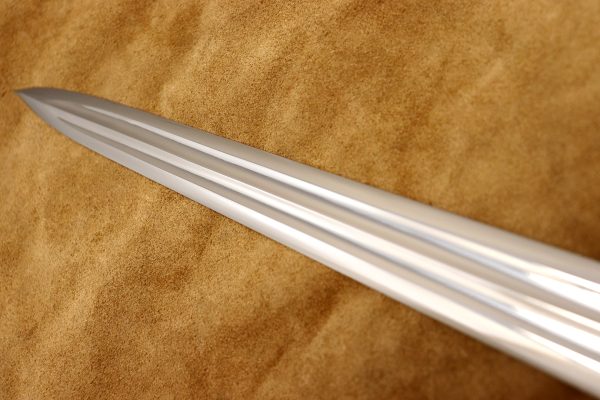
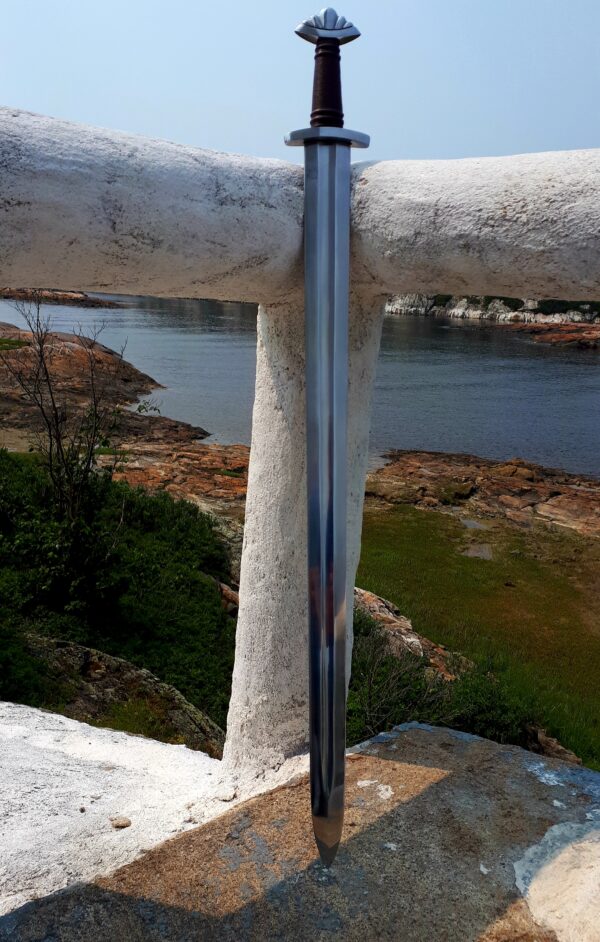
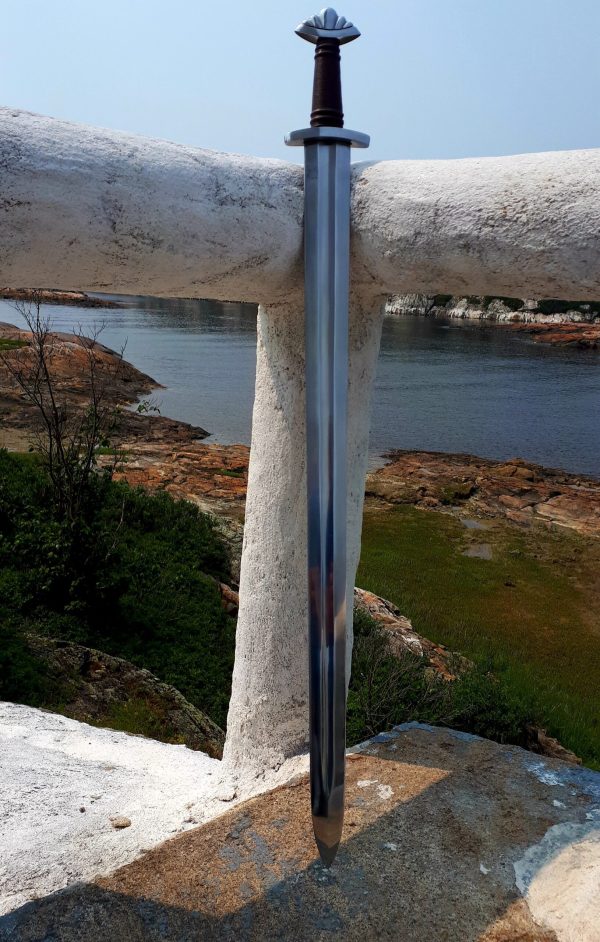
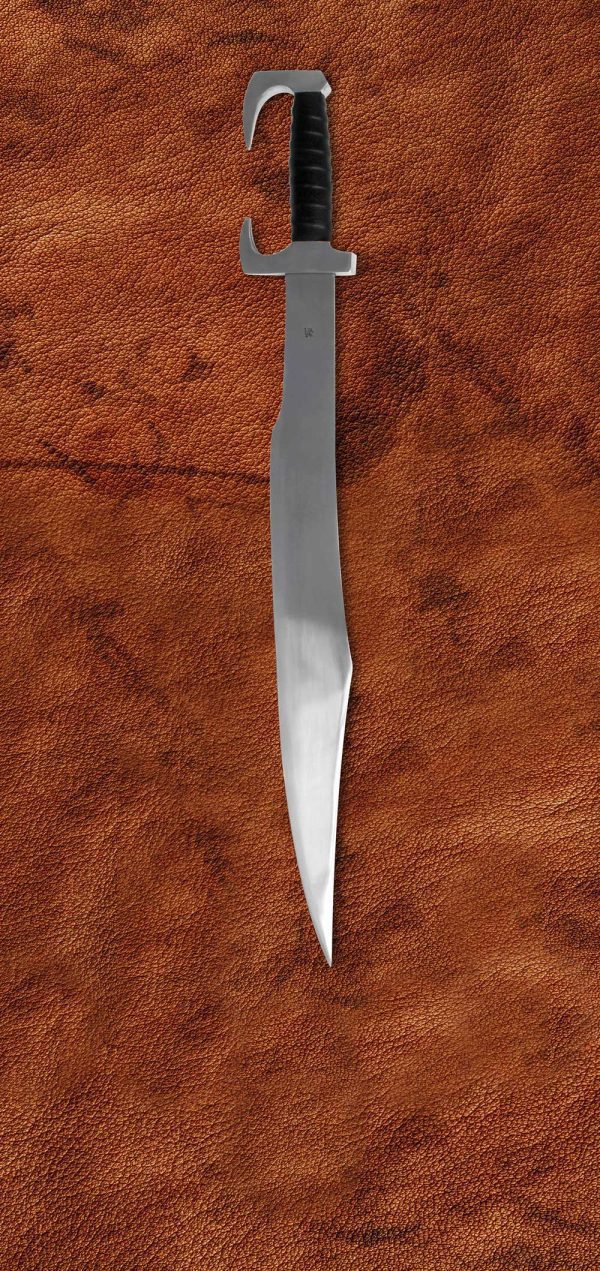
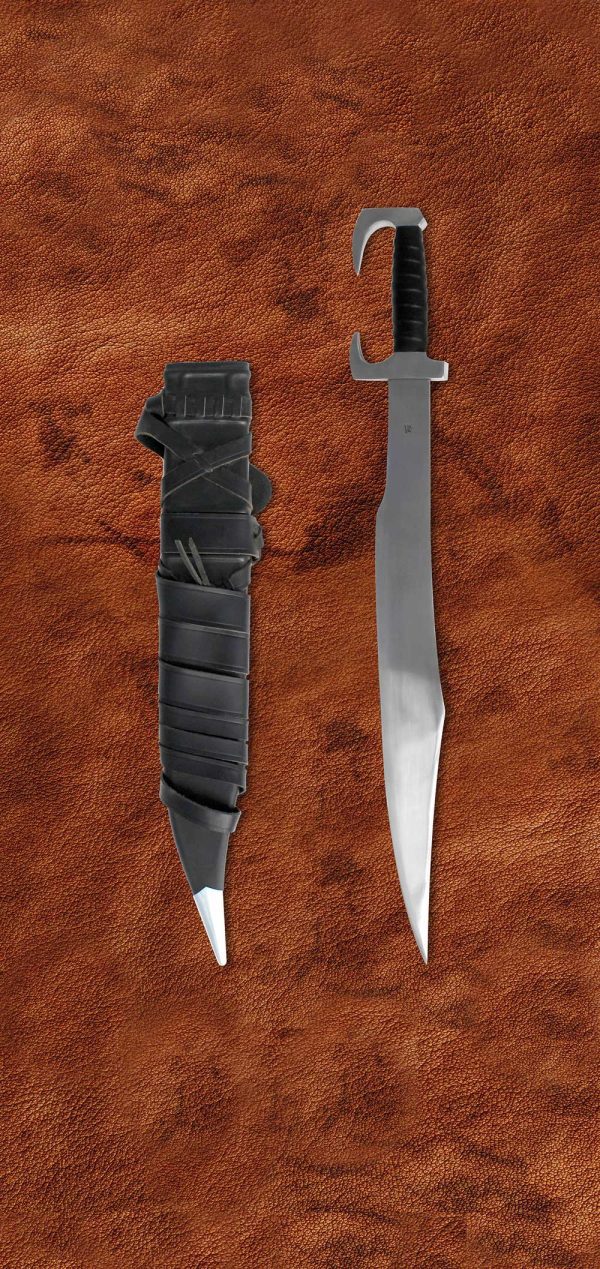
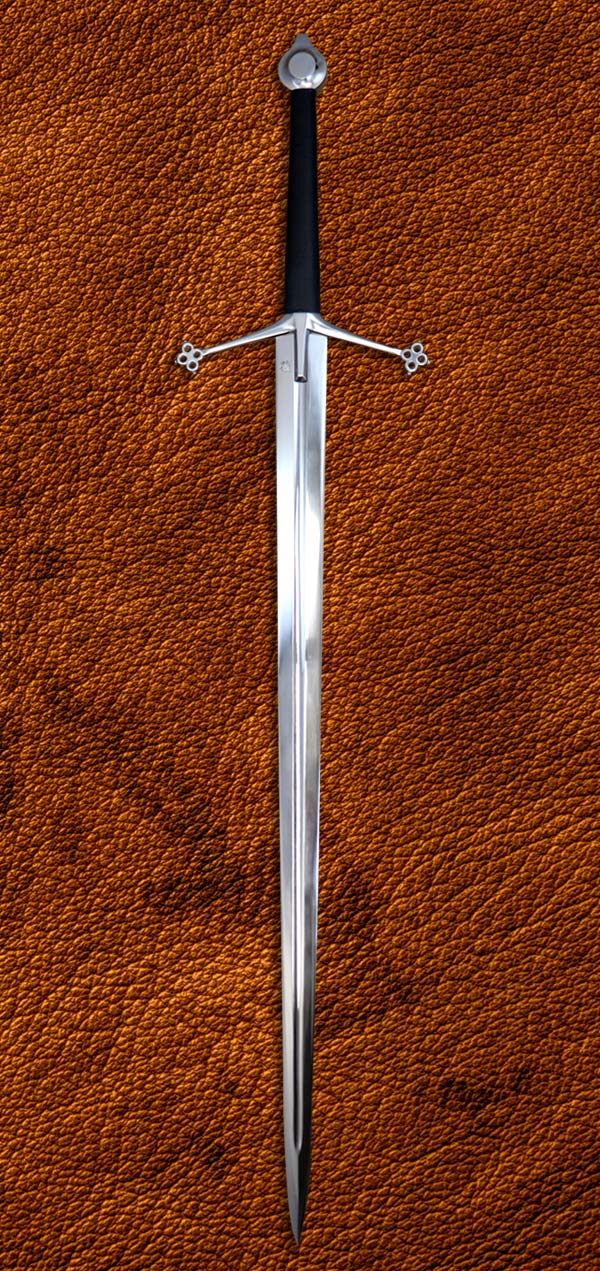
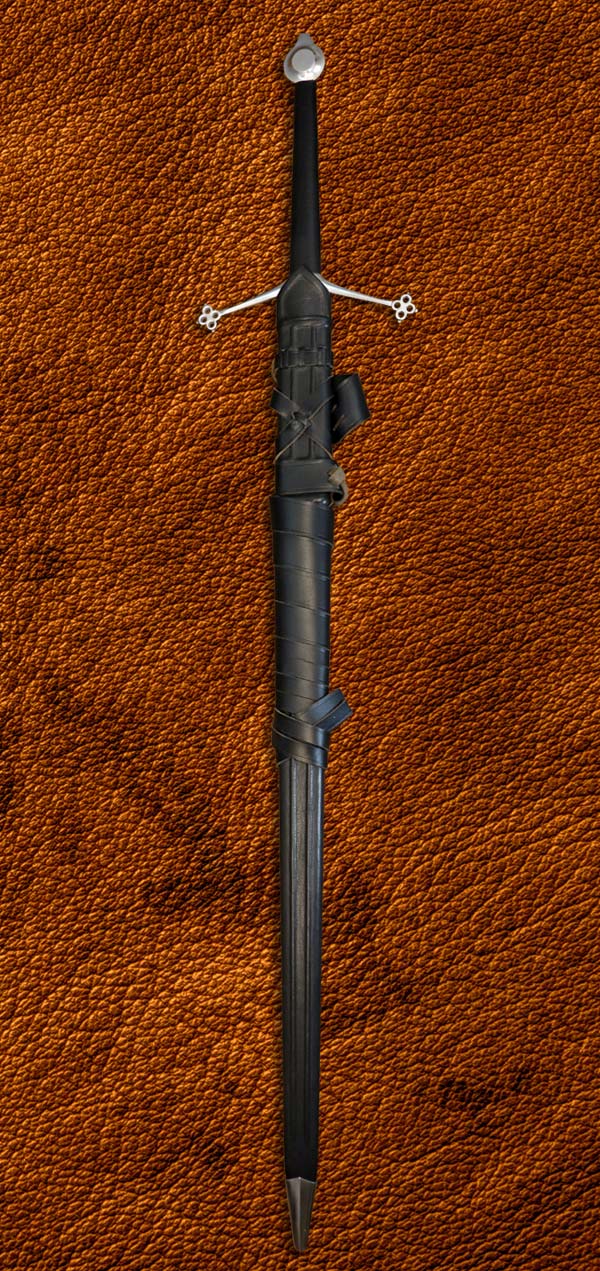
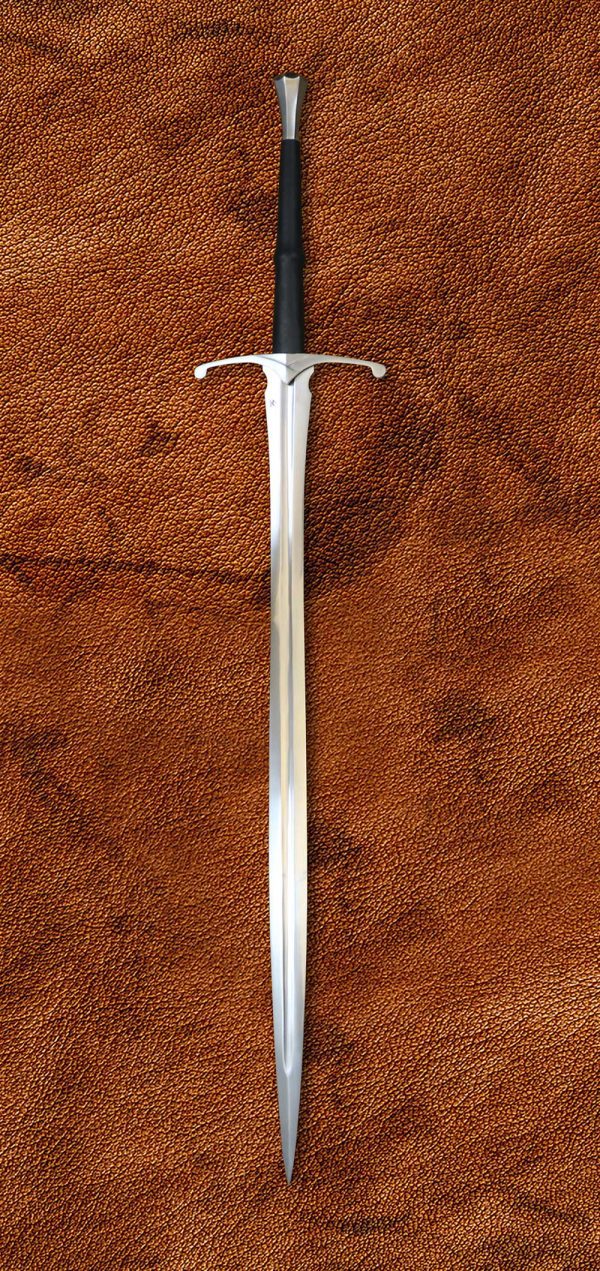
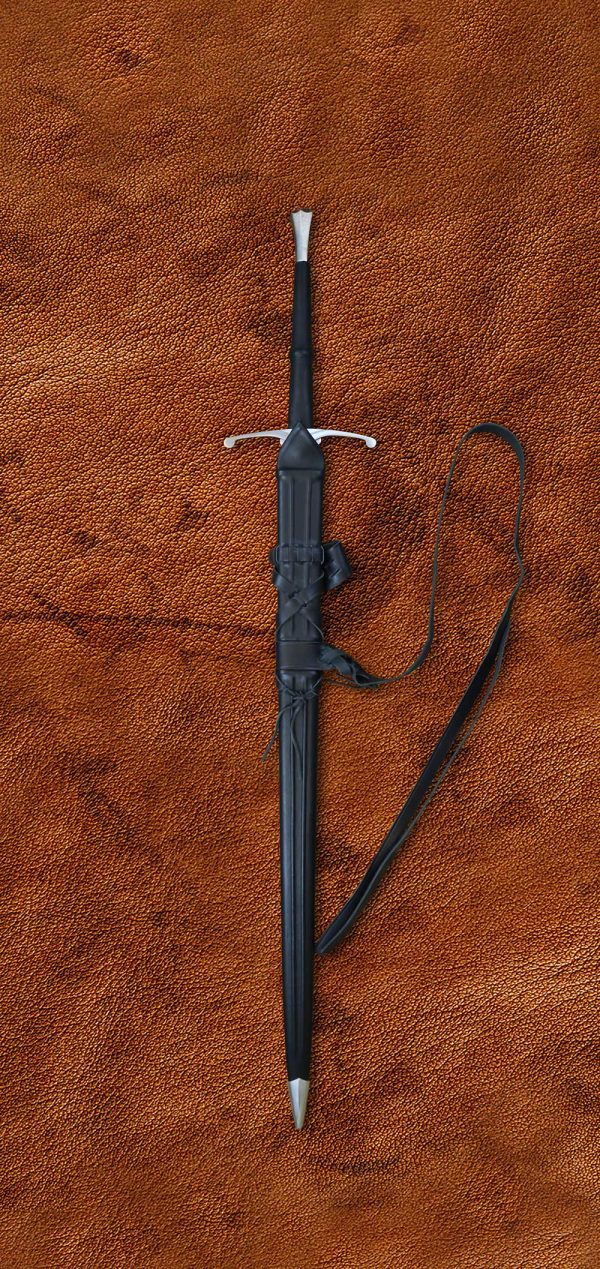
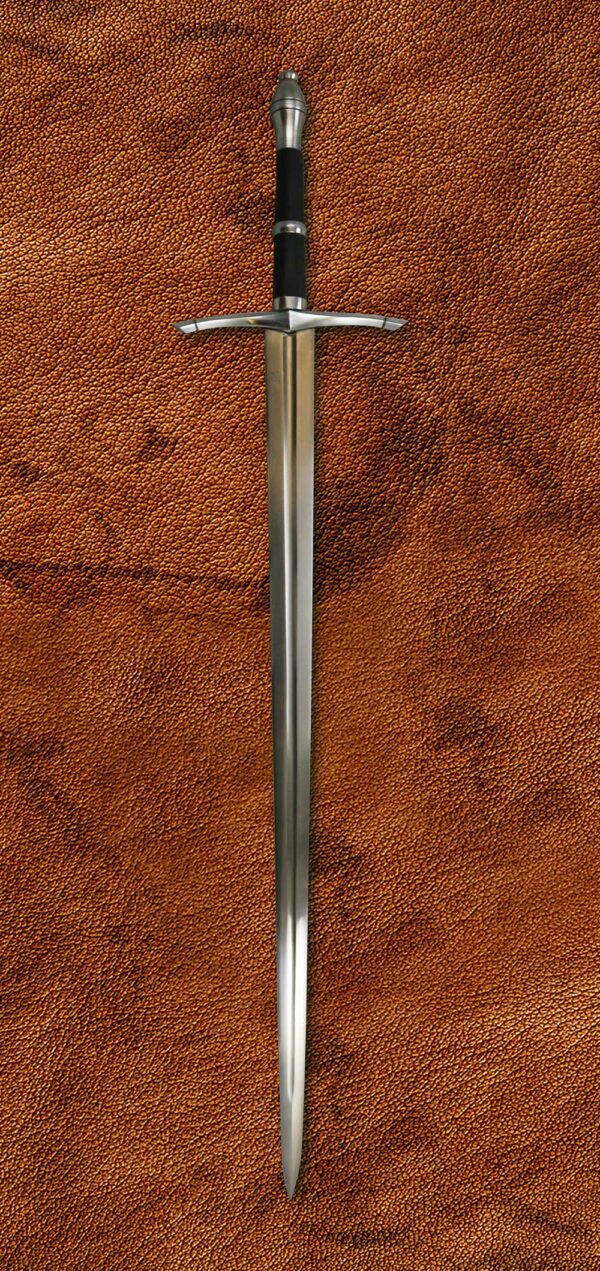
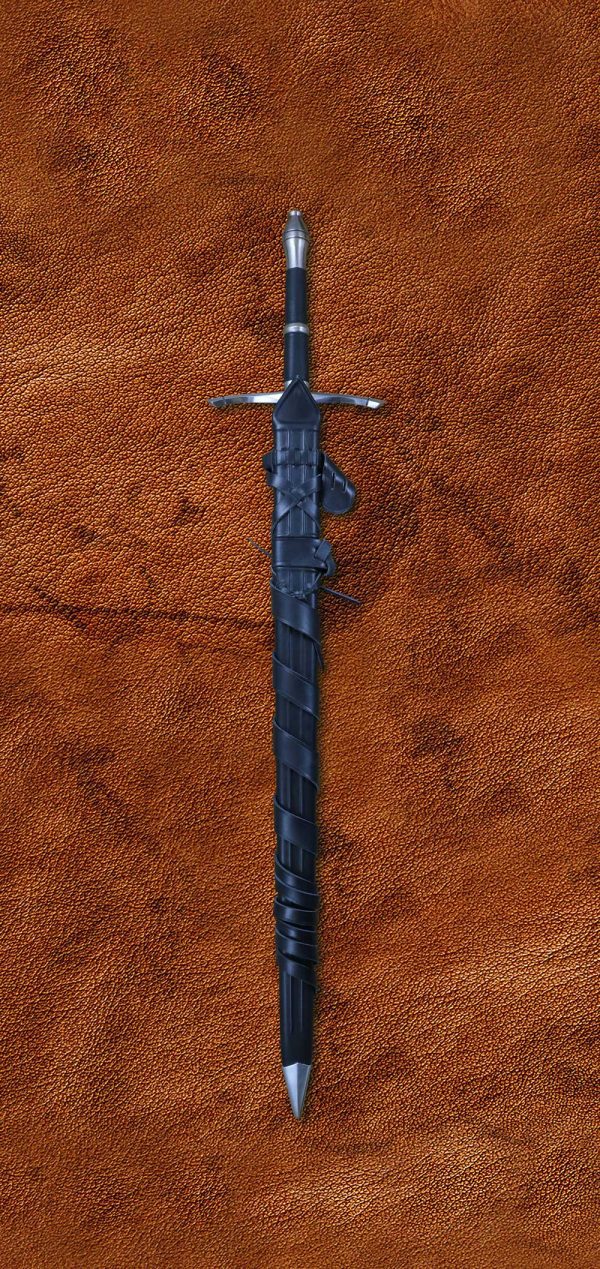
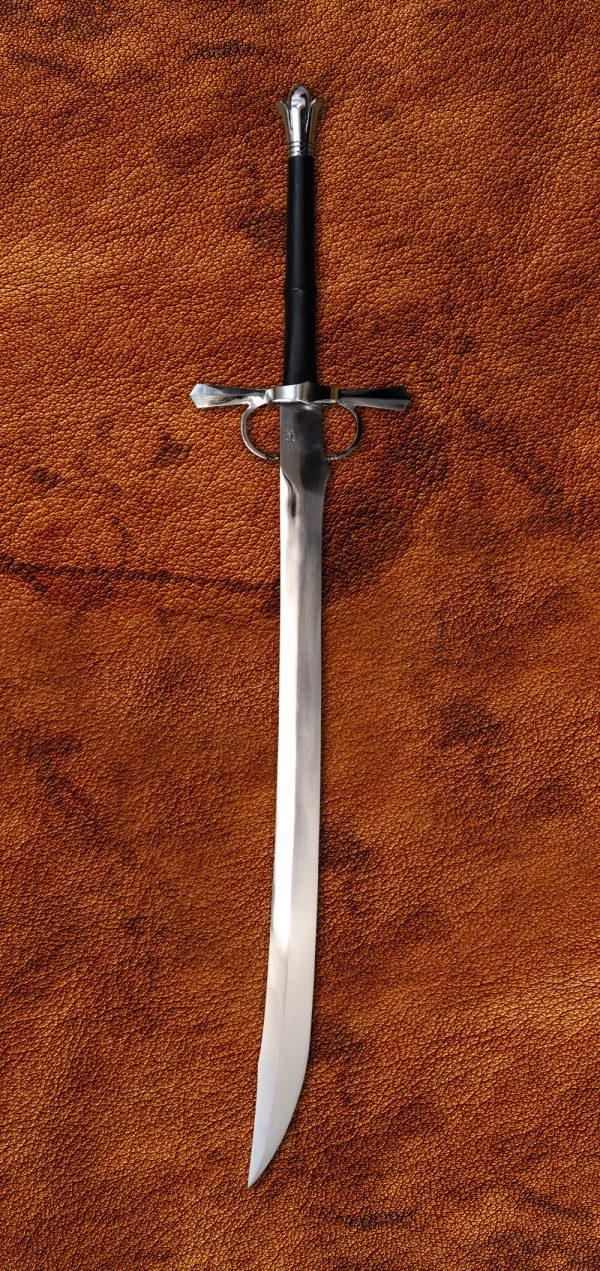
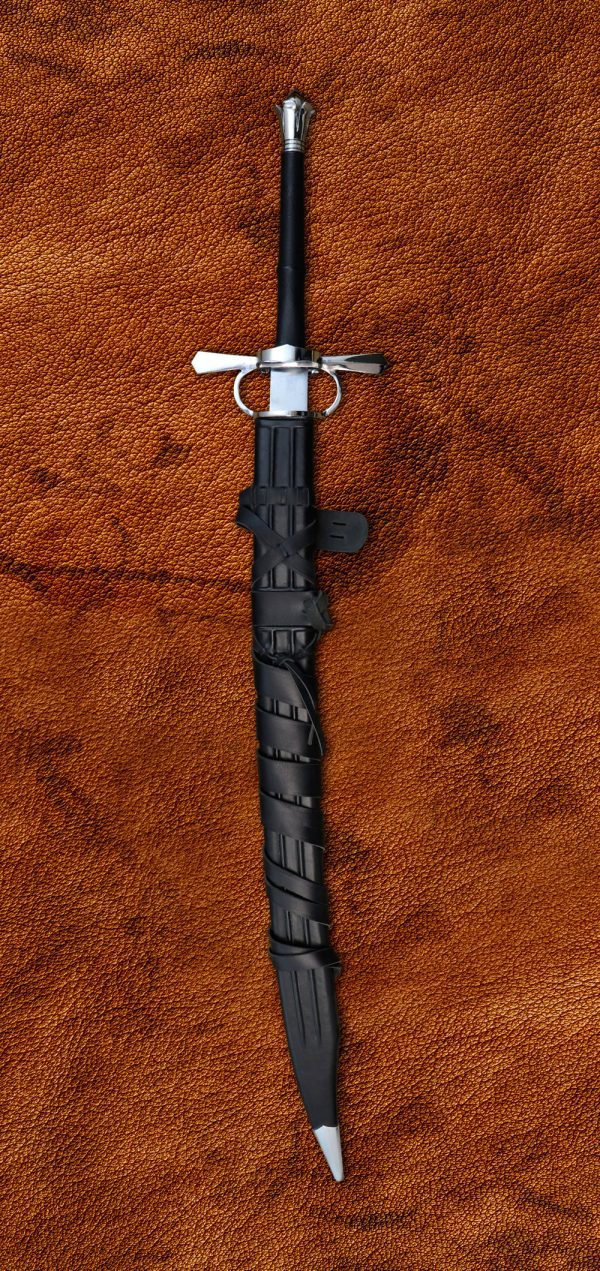
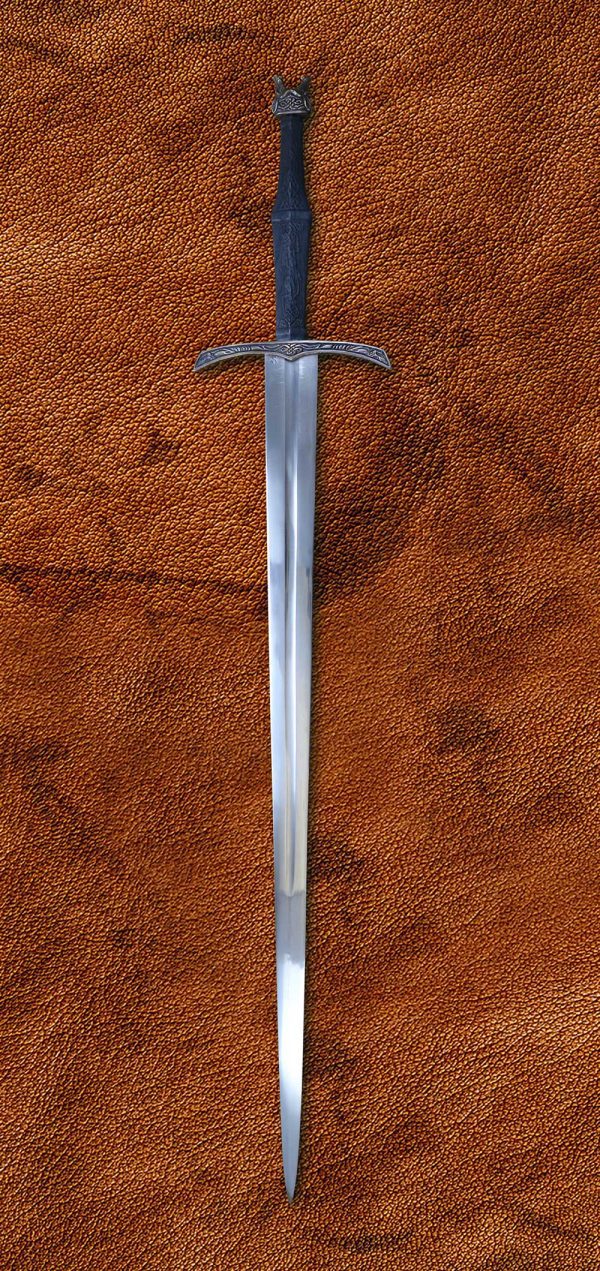
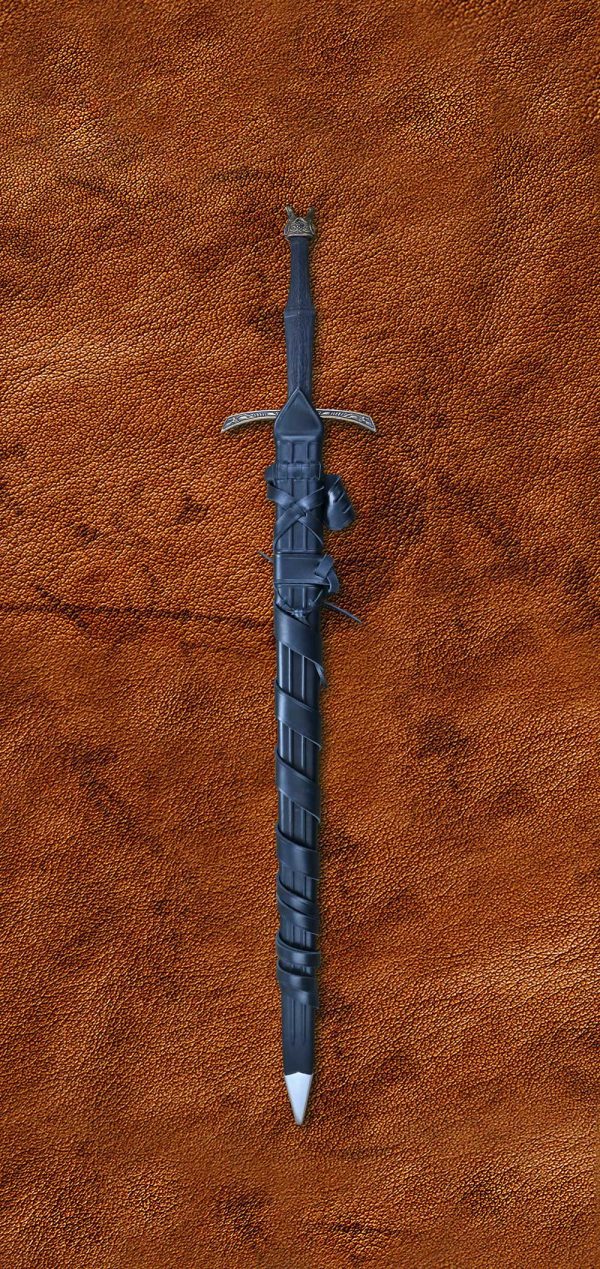
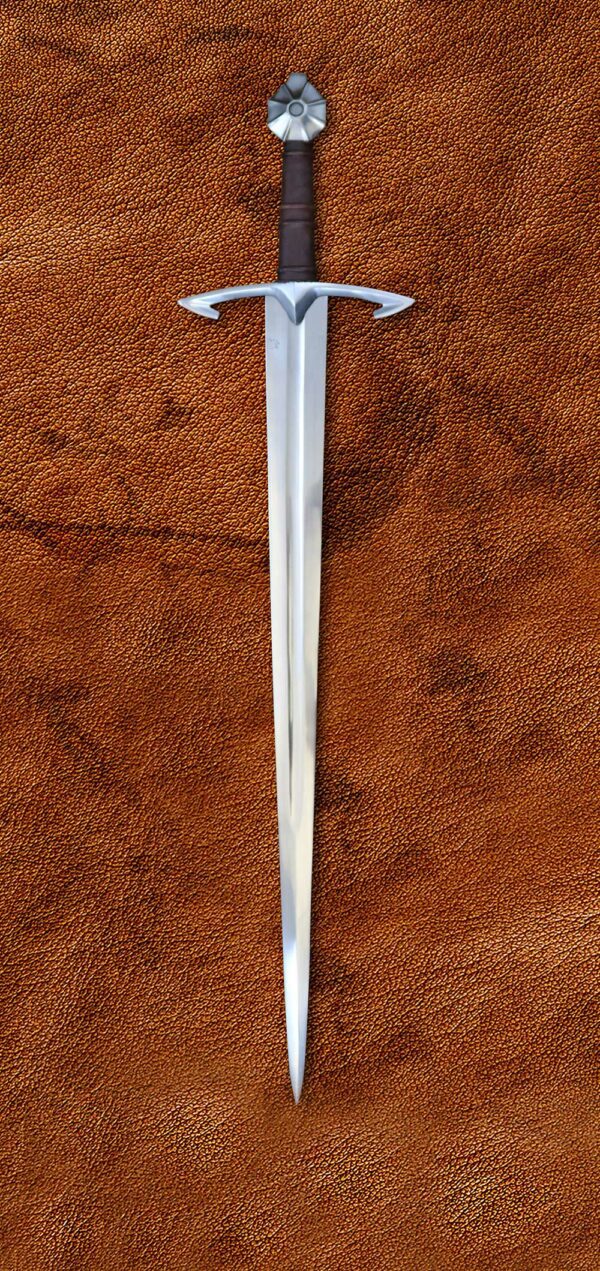
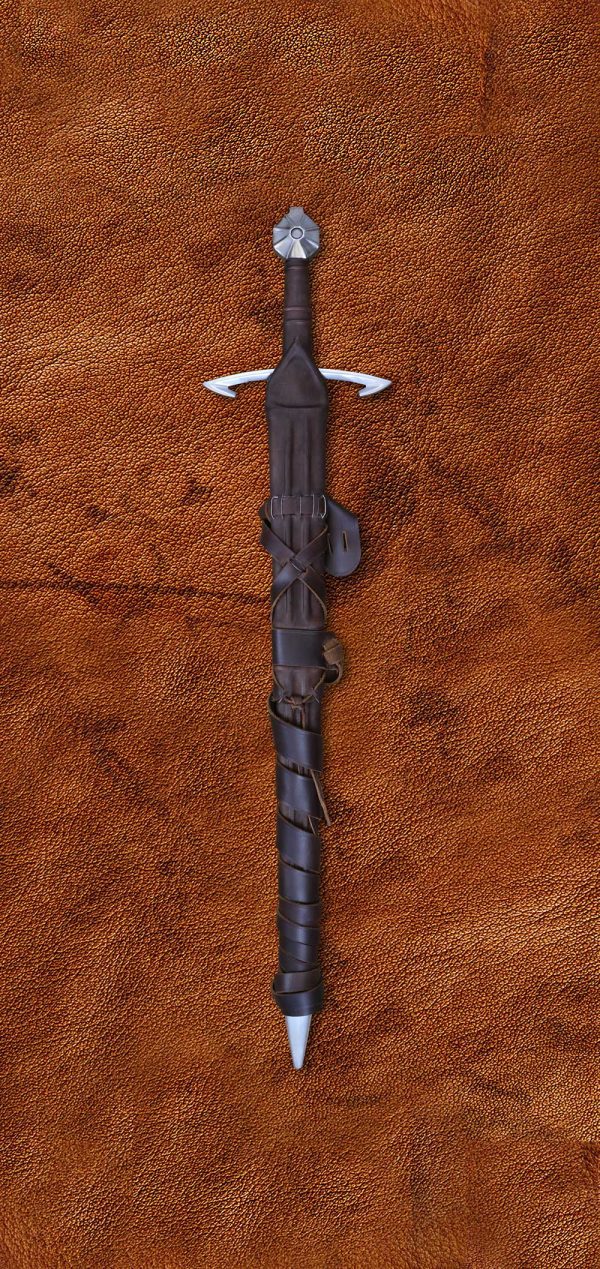
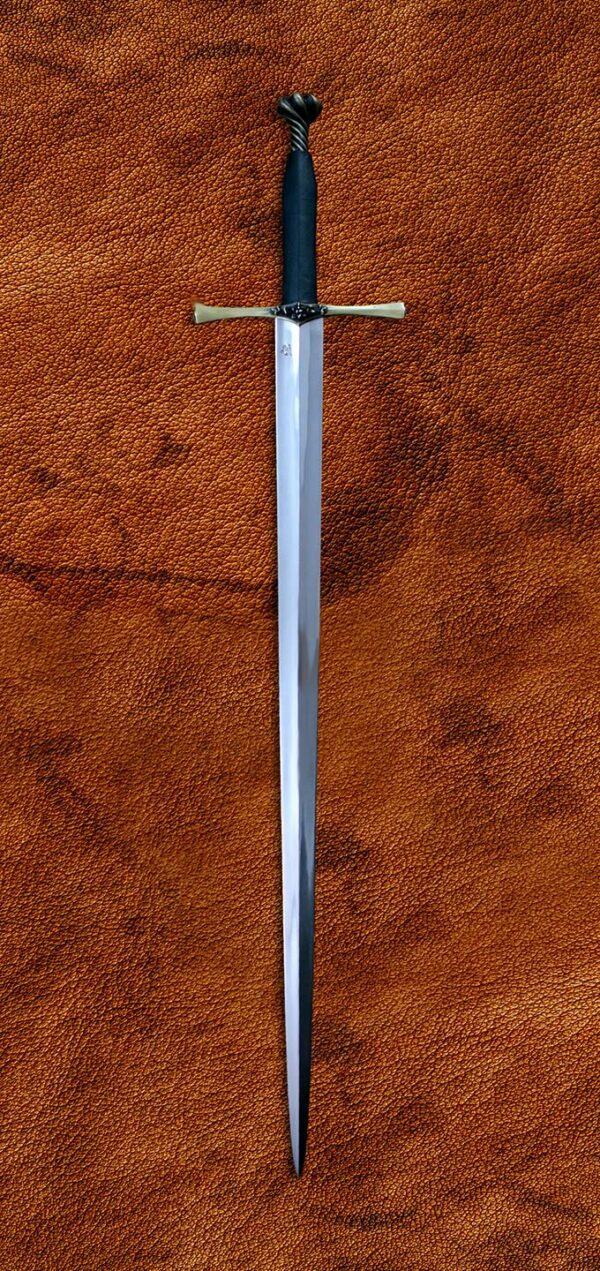
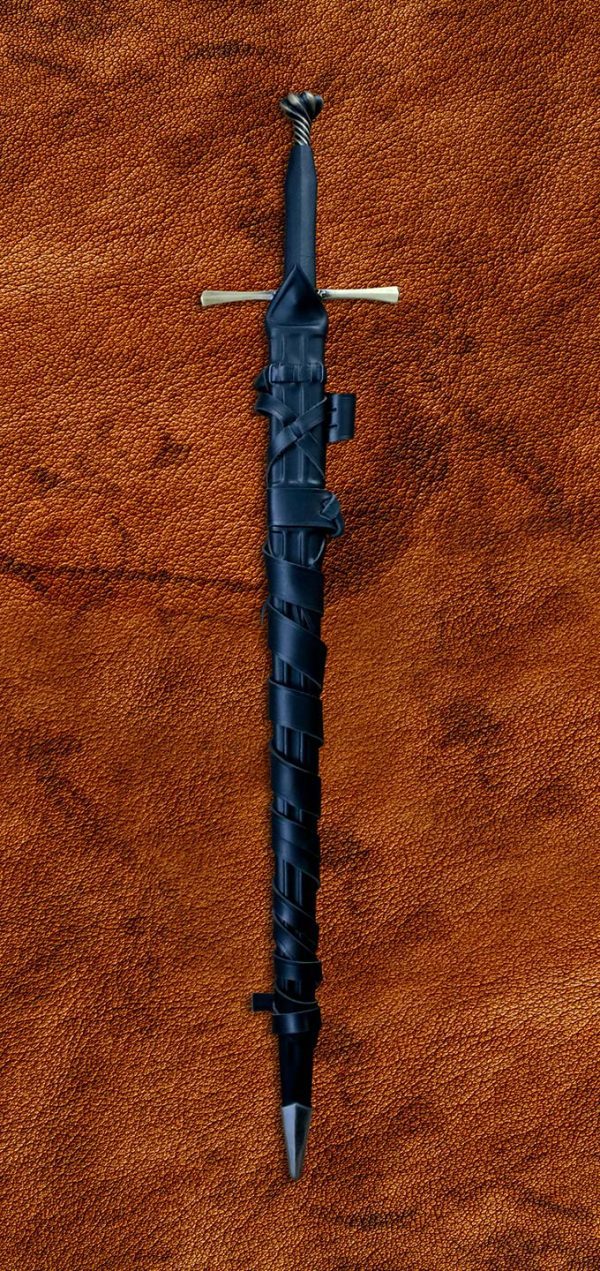
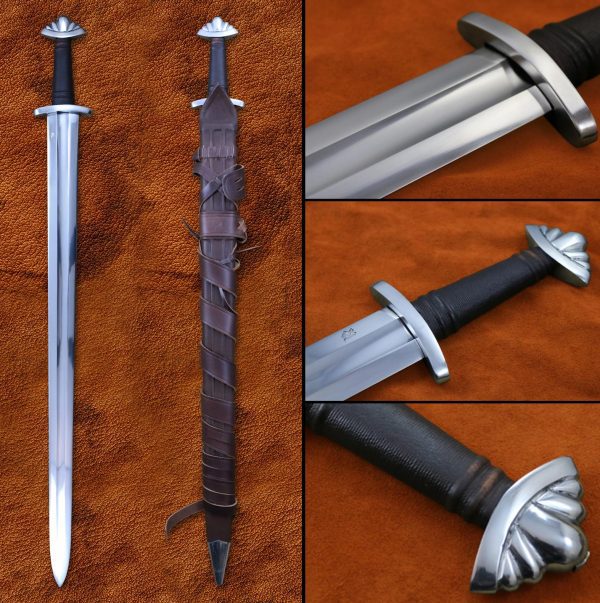
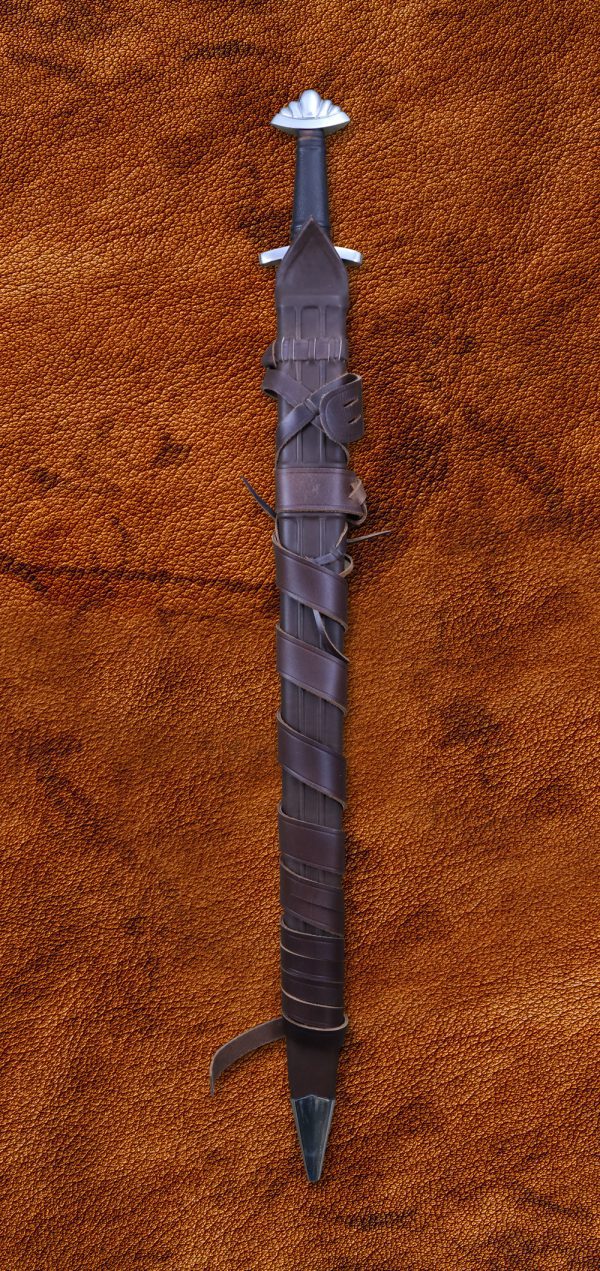
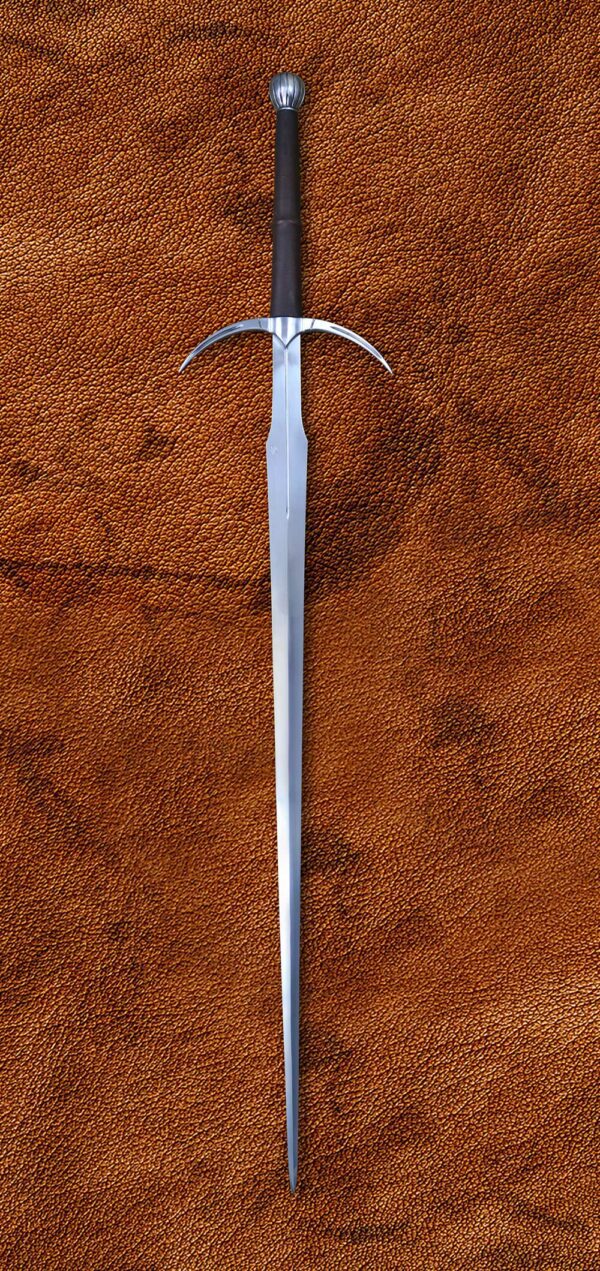
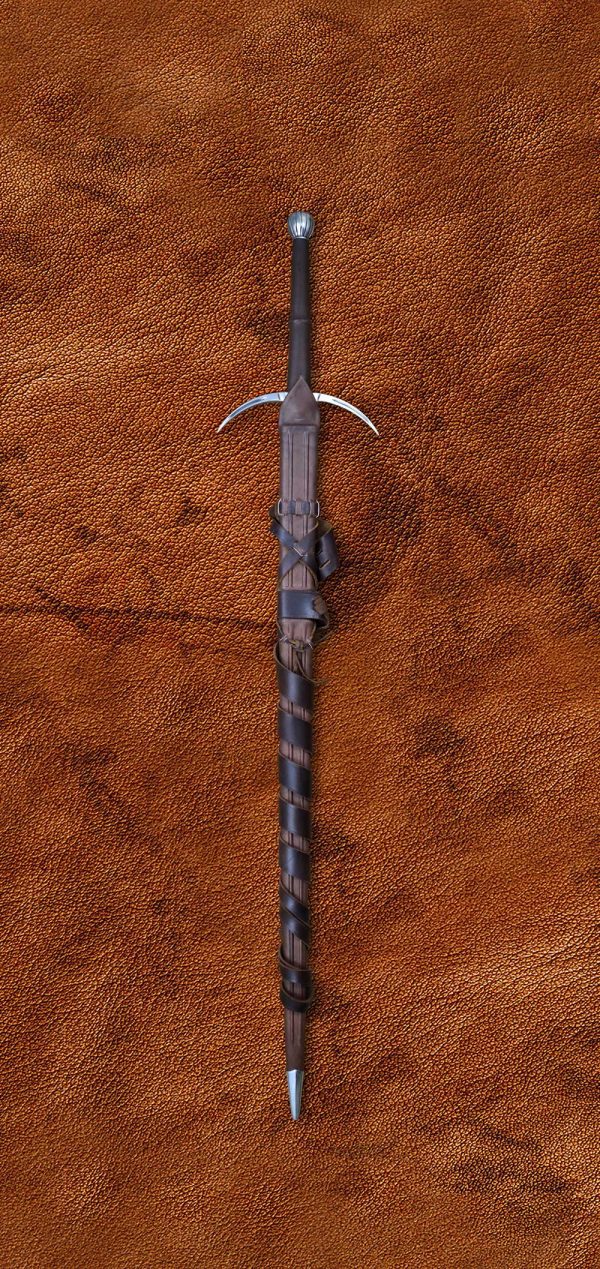
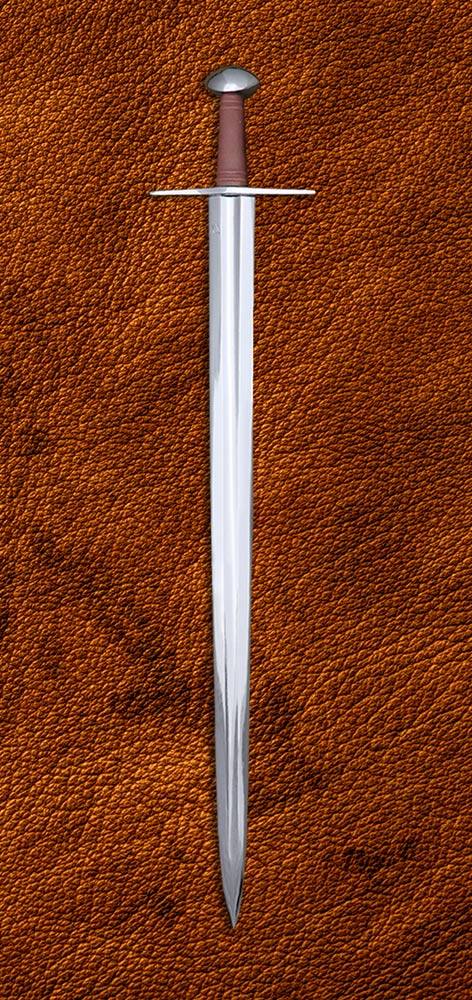
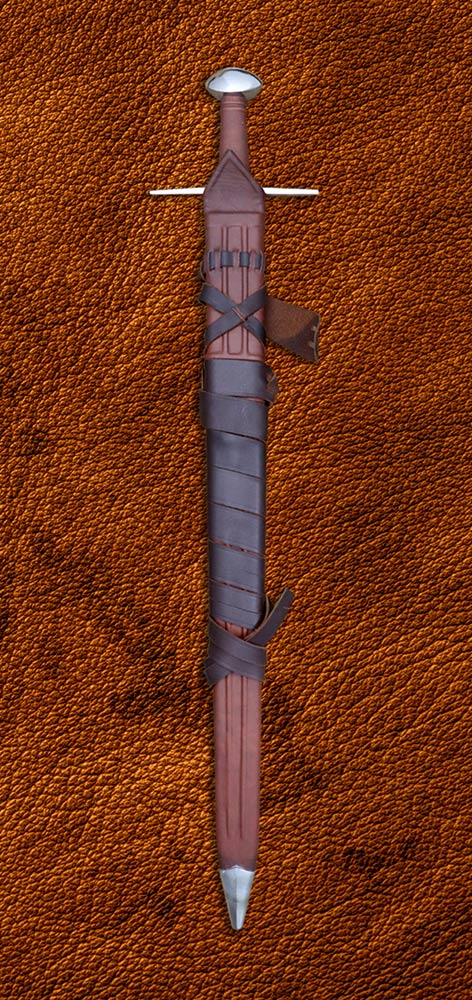
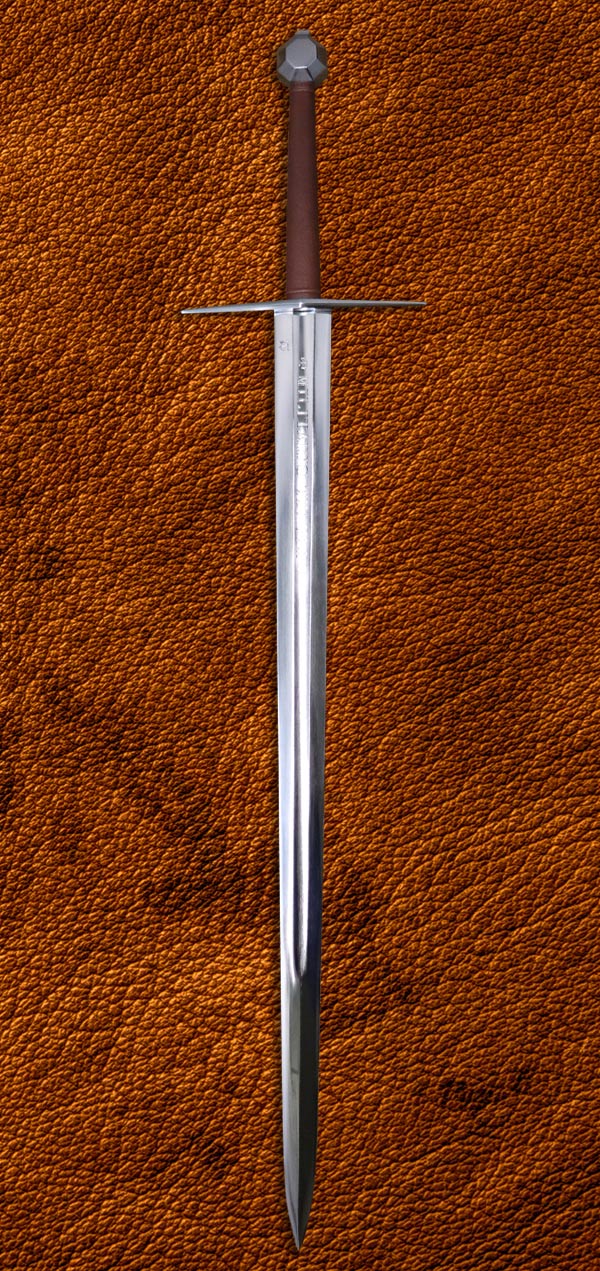
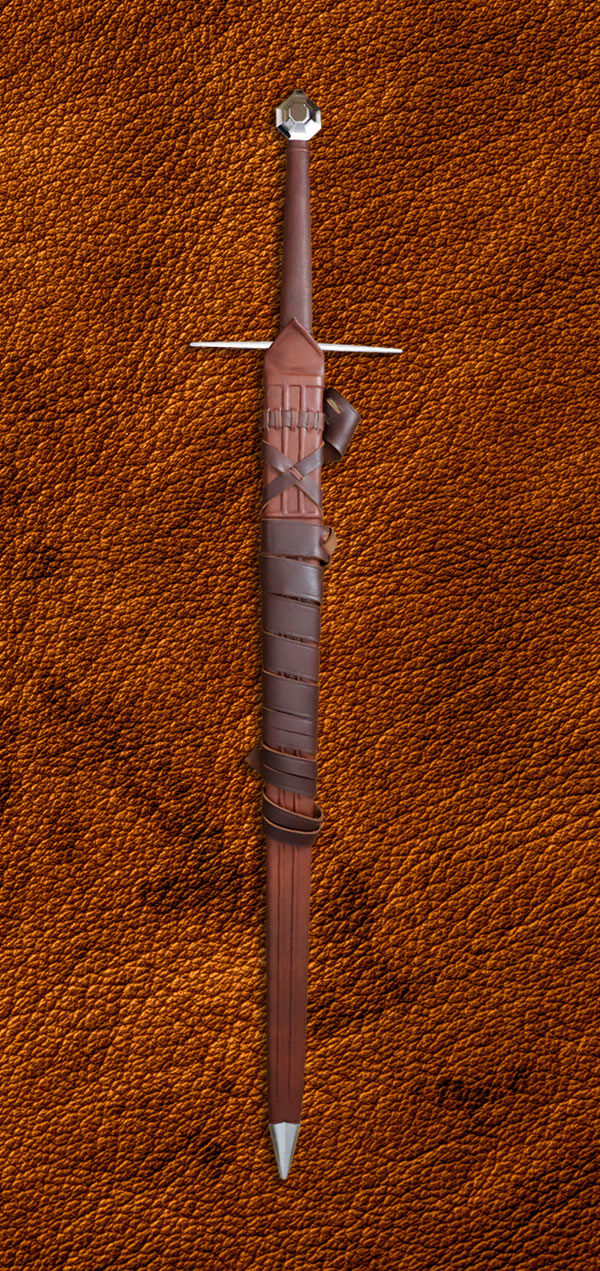
Reviews
There are no reviews yet.